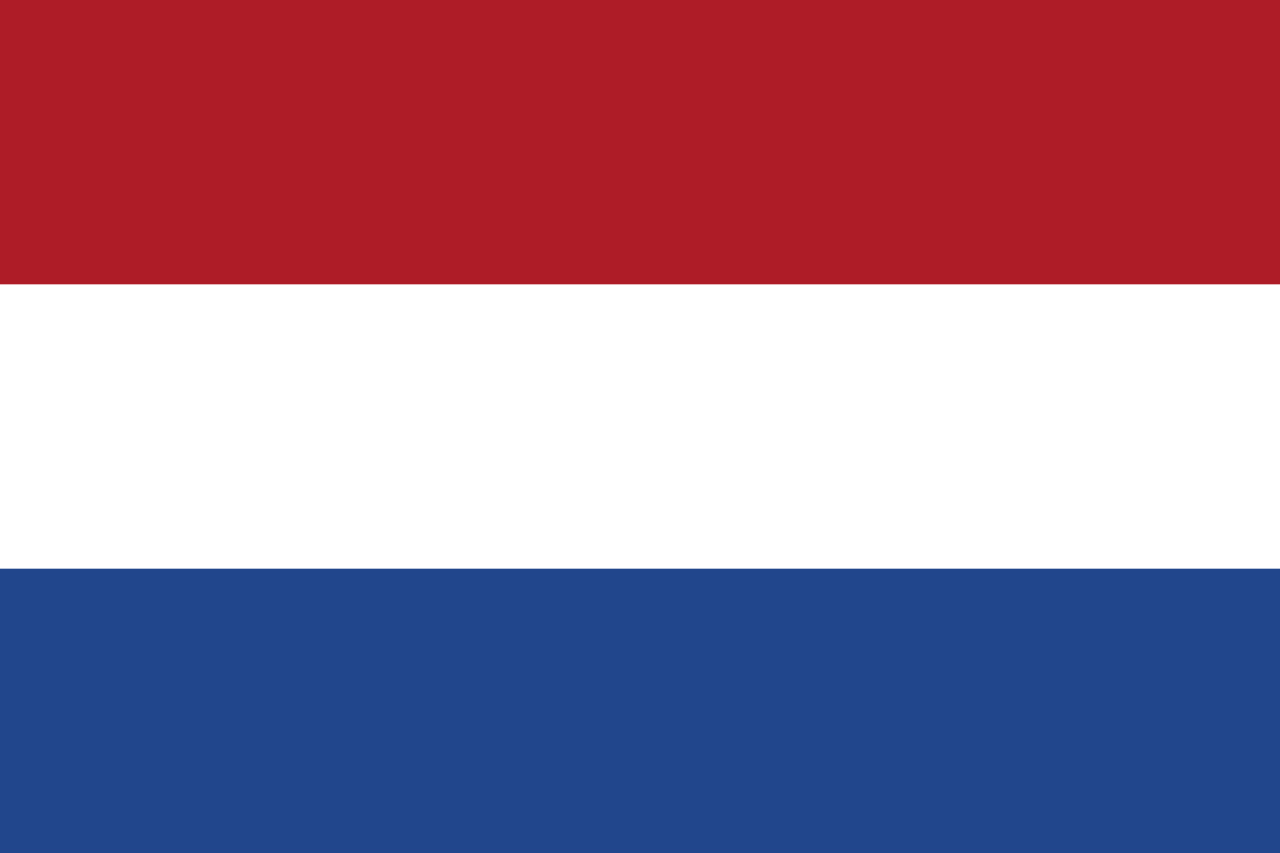Flooding of Walcheren
The flooding of Walcheren was caused by massive rainfall in the summer of 1809. The flooding had been downpouring in the area of Walcheren, near Antwerp. The British and American forces landed in the spring, before the majority of the rain had begun. The flooding proved decisive in the Battle of Antwerp later that year.
Discussions of a military campaign had begun during a meeting between Kings Augustus II of America and Louis I of Holland. Augustus confined into Louis that the British had hopes on a successful landfall of military forces in Northwestern Europe to coincide with their invasion of Portugal and the Austrian victories in the east against Napoleon. Louis initially denounced any military action for or against his brother, but after a number of slights from Napoleon and word of an impending annexation of Holland, Louis relented.
Louis informed the Coalition leaders and their representatives of the best time for a landfall in Holland, near the village of Walcheren. From there, the Coalition could establish defenses in the city of Antwerp, while Louis worked to gain the allegiance of the local ships in the harbors. The coalition understood that the campaign would not go unnoticed, but intended to use the lowland terrain of the Netherlands along with heavy summer rainfall to diminish Napoleon's numerical and strategic advantage.
While Napoleon himself was on campaign against the Austrians, he left his marshals in charge of defeating the British and Americans in Holland. Louis feigned opposition against the Coalition up to the very end, then offered refuge to the military forces. The French marshals then realized Louis was against them, and moved north to engage. By the time of the engagement, the Coalition worked on flooding the surrounding countryside on Antwerp and Walcheren, severely hindering the movement of large amounts of artillery and cavalry. As such, the Coalition managed to use the flooding as a means for victory.




Comments